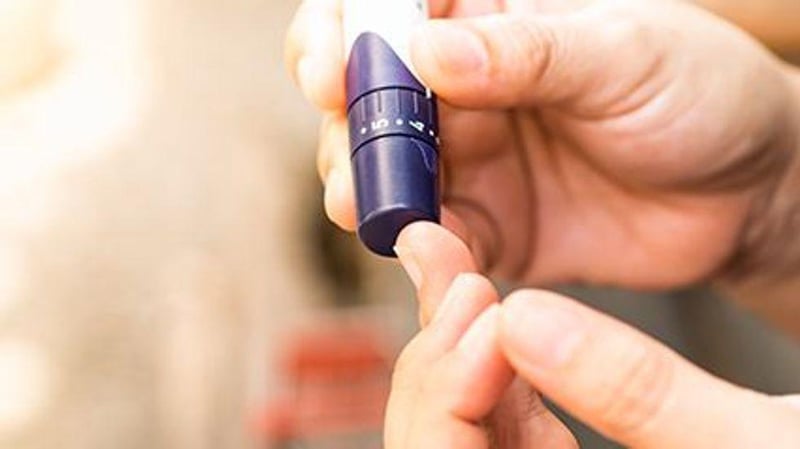(330) 876-1228
8507 Main StreetKinsman, OH 44428
(330) 876-1229

While people with type 1 diabetes can see some benefit from newer medications prescribed off-label, there is also risk, and these patients should be monitored closely, according to a new study.
Type 1 diabetes is universally treated with insulin injections, but only about one-fifth of patients achieve blood sugar control with it, the study authors noted.
So, doctors are increasingly prescribing medications known as glucagon-like peptide-1 receptor agonists (GLP-1RAs) and/or sodium-glucose cotransporter-2 inhibitors (SGLT2is) for these patients.
An autoimmune disease, type 1 diabetes destroys insulin-producing cells in the pancreas. About 1.5 million Americans have the condition.
In people with type 1 diabetes, their cells can't take in glucose on their own, which can lead to dangerously high blood sugar levels that can cause diabetic coma, blindness, neuropathy and an emergency condition called diabetic ketoacidosis, in which the blood becomes dangerously acidic.
Both classes of these off-label medications have helped decrease heart disease risk and kidney events in people with type 2 diabetes, while promoting weight loss. Those benefits could also help type 1 patients, but the risks and benefits haven't been fully assessed, the study authors explained.
The medications have also been associated with increased risk of severe hypoglycemia (low blood sugar) and diabetic ketoacidosis when used in patients with type 1 diabetes.
To study this, the researchers searched medical records for type 1 diabetes patients treated at UT Southwestern Medical Center in Dallas who had used any GLP-1RAs and/or SGLT2is for at least 90 days.
The investigators found 104 patients: 65 who had used GLP-1RAs exclusively; 28 who had used SGLT2is exclusively; and 11 who had used both together or sequentially.
After a year of use, patients on GLP-1RAs had significant reductions in weight, glycated hemoglobin A1C (which is a three-month average measure of blood sugar) and total daily dose of insulin.
The SGLT2i users had significant reductions in hemoglobin A1C and basal insulin, a dose delivered outside of meals.
The SGLT2i users were about three times more likely than GLP-1RA users to experience diabetic ketoacidosis, the researchers found.
Slightly over 25% of patients taking either class of drugs stopped due to side effects such as gastrointestinal problems.
"These findings, from our real clinic experience, show both benefits and some risk to patients with type 1 diabetes who take these medications in addition to insulin treatment,"study leader Dr. Ildiko Lingvay said in a university news release. She's a professor of internal medicine at UT Southwestern.
While the study results showed that both drugs can benefit patients with type 1 diabetes, the authors urged close monitoring. They recommended extreme caution when using SGLT2is, selecting patients with the lowest diabetic ketoacidosis risk and offering them detailed education about that risk.
"When viewed holistically at the person level, all of these small changes can add up to substantial overall clinical benefits, especially considering that improving glycemic control in patients with long-standing [type 1 diabetes] can be challenging,"the researchers concluded.
The report was recently published in The Journal of Clinical Endocrinology & Metabolism.
More information
The U.S. Centers for Disease Control and Prevention has more on type 1 diabetes.
SOURCE: UT Southwestern Medical Center, news release, Feb. 16, 2023
